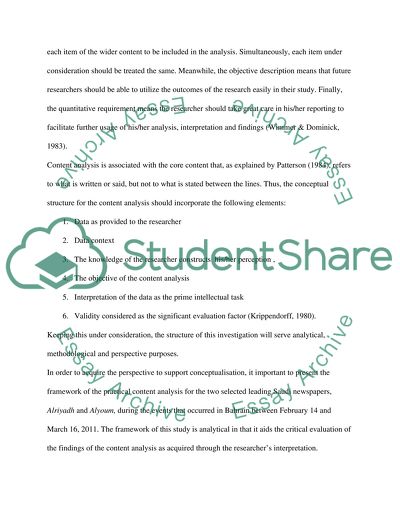Cite this document
(“Content analysis Dissertation Example | Topics and Well Written Essays - 3000 words”, n.d.)
Retrieved from https://studentshare.org/journalism-communication/1425671-content-analysis
Retrieved from https://studentshare.org/journalism-communication/1425671-content-analysis
(Content Analysis Dissertation Example | Topics and Well Written Essays - 3000 Words)
https://studentshare.org/journalism-communication/1425671-content-analysis.
https://studentshare.org/journalism-communication/1425671-content-analysis.
“Content Analysis Dissertation Example | Topics and Well Written Essays - 3000 Words”, n.d. https://studentshare.org/journalism-communication/1425671-content-analysis.


